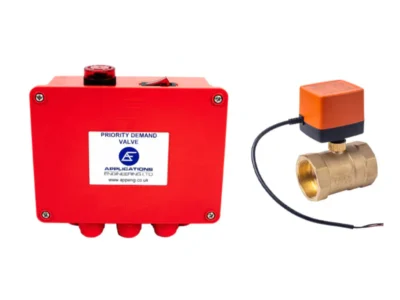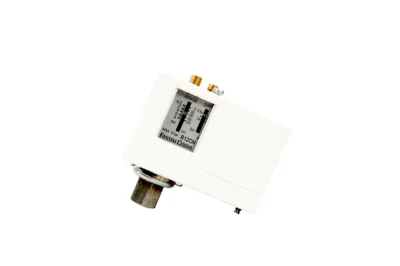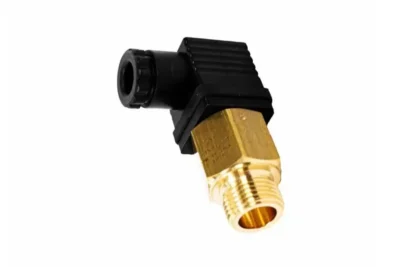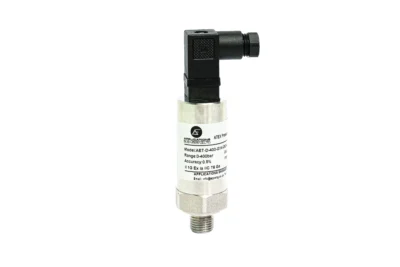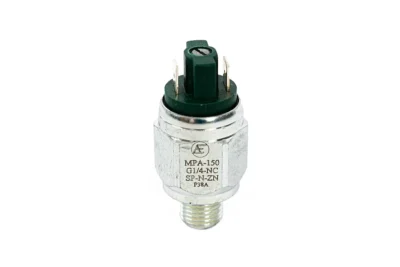Fire sprinkler systems are a crucial fire protection feature in many buildings throughout the UK. The valves in these systems play an important role in controlling water flow and ensuring adequate pressure is available when needed. Over time, issues can develop with fire sprinkler valves that prevent them from opening, closing or sealing properly.
This can lead to loss of pressure, leakage, or failure to activate when required. Being aware of the most common sprinkler valve problems and their solutions allows building owners to quickly identify and restore functionality. This helps avoid expensive repairs down the line and, most importantly, ensures the system is able to operate as designed in the event of a fire.
Proactive inspection and maintenance are key, so building owners can spot potential valve issues before they lead to system impairment. By understanding the solutions available, any problems can be effectively remedied.
Corrosion and mineral buildup
One of the most frequent issues that can occur with fire sprinkler valves is corrosion and mineral buildup. This problem arises when water sits stagnant inside the sprinkler system’s piping and valves. Over time, the water accumulates mineral deposits and corrosion builds up on the inner valve components.
The stagnant water lacks sufficient flow to flush away these deposits. As corrosion and minerals accumulate, they can prevent fire sprinkler valves from opening fully or sealing tightly. Valves suffering from corrosion may only partially open, obstructing the required water flow rates. Sealing can also become compromised, leading to leaks even when the valve is closed.
There are two main solutions to address corrosion and mineral buildup.
- Firstly, establishing a routine for regularly flushing the sprinkler valves and system helps clear out stagnant water and prevent substantial deposit accumulation.
- Secondly, coatings and linings can be applied to the interior of pipes and valves. This creates a protective barrier between the water and metal components.
With proper flushing and the use of anticorrosive coatings, corrosion and mineral buildup can be avoided. This ensures valves function as designed.
Frozen valves
Another frequent problem for fire sprinkler valves in the UK is freezing due to exposure to cold temperatures. This issue tends to occur more often with valves located in unheated areas of a building.
When water sitting inside pipes and valves is exposed to temperatures below freezing, it can turn to ice. This prevents the valves from opening and water from flowing through the system as intended. The expansion force of water turning solid can also damage valve components. Frozen valves are unable to activate the sprinkler system in the event of a fire.
There are a few key solutions to avoid frozen fire sprinkler valves.
- Insulating the valves and nearby piping helps maintain warmth.
- Maintaining minimum indoor temperatures in unheated spaces of at least 4°C can also prevent freezing.
- Adding glycol to the sprinkler system water lowers its freezing point. This makes the water less likely to freeze at typical UK winter temperatures.
Leaking valves
Leaking from fire sprinkler valves is another frequent problem encountered. This is usually caused by damage to internal valve components that are meant to provide a watertight seal. Specifically, leaking often occurs due to the deterioration of rubber gaskets or the breakdown of metal valve seats.
As these components wear out or become damaged, they are no longer able to seal the valve closed. This results in constant water leakage even when the valve is supposed to be shut off. Besides wasting water, leaking valves cause a loss of pressure in the system. This can impair the sprinkler system’s ability to deliver adequate water density to a fire.
The solution is to replace any damaged or worn-out internal gasket and valve seat components. This typically requires shutting off the system, disassembling the valve, inspecting and replacing any faulty rubber or metal sealing parts, and then reassembling the valve.
Jammed valves
A common issue that can impair fire sprinkler valves is becoming jammed and failing to open when required. This most often occurs due to a buildup of rust, mineral scale or debris that prevents the valve disc or plug from moving into the open position.
Over time, the water flowing through the valve can leave behind rust particles, mineral deposits, and other debris. This material builds up on the internal components of the valve, such as the valve disc and seat. Eventually enough accumulates to mechanically jam the valve parts and prevent the disc from lifting or sliding out of the closed position.
A jammed valve fails to allow water flow when the fire sprinkler system activates. The solution is to clean and lubricate the internal valve components to restore proper operation. This may involve disassembling the valve to access and clean the disc and seat. Any rust or scale is removed, and the parts are lubricated to prevent friction and sticking.
For all of your fire sprinkler valve system needs
Fire sprinkler valves are a critical component that can develop several common problems over time. Regular inspection, maintenance, and prompt repairs are key to preventing valve failure. Working with a specialist like Applications Engineering ensures your valves remain in optimal condition.
For expert assessment of your fire protection valves or assistance with any necessary repairs, contact the knowledgeable team at Applications Engineering today.
Share This Post
